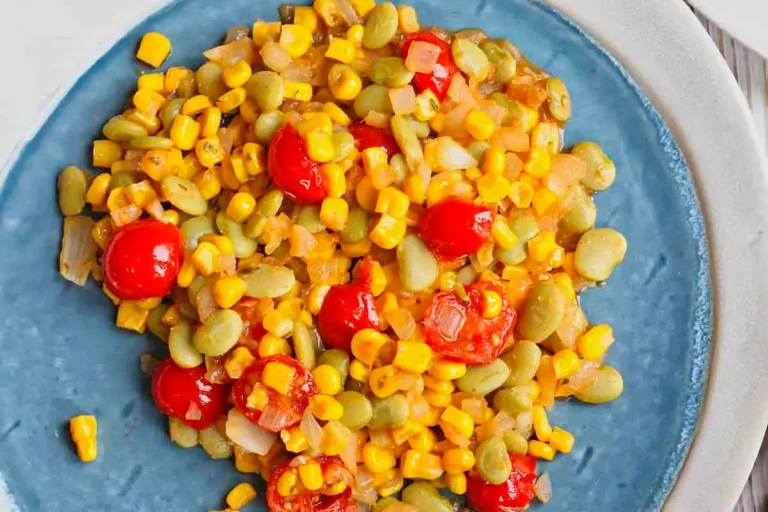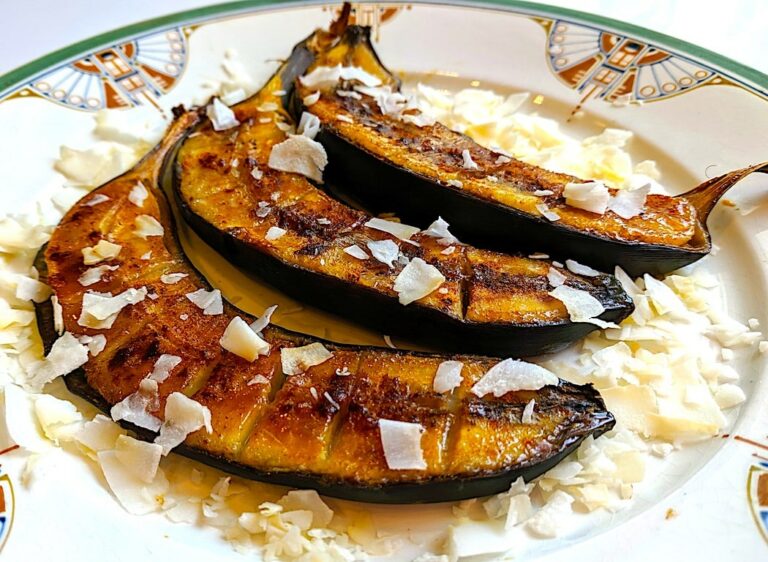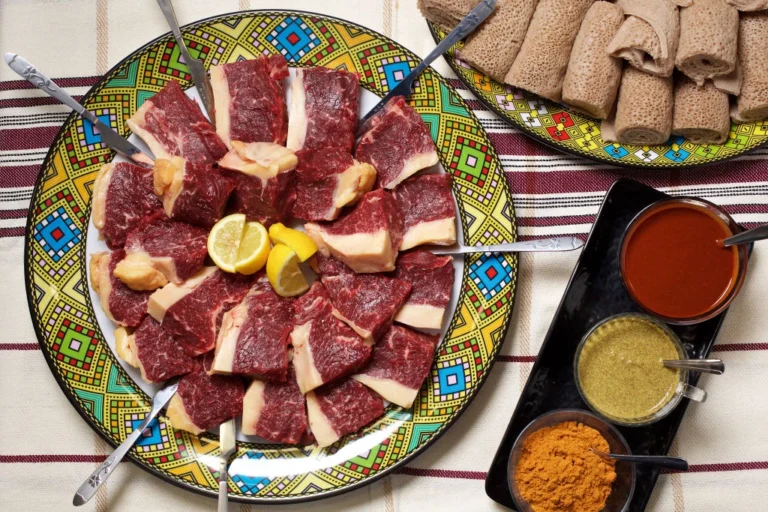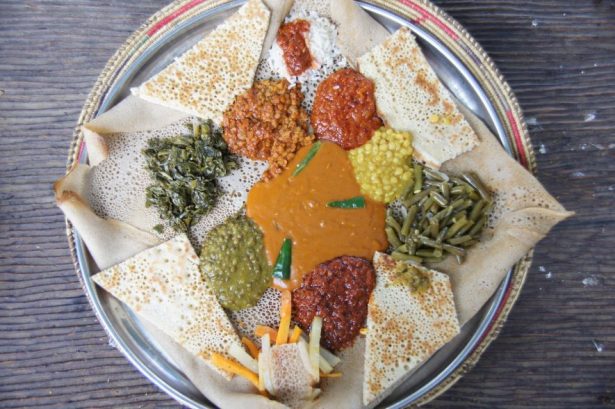Introduction: Equatorial Guinean Cuisine
Equatorial Guinea is a small country located on the west coast of Central Africa. The cuisine of Equatorial Guinea is influenced by its Spanish and African roots. The cuisine mainly consists of seafood, meat, vegetables, and fruits. The country’s location on the coast makes seafood a major part of the cuisine.
Traditional Equatorial Guinean Dishes
Traditional Equatorial Guinean dishes are made with a combination of local ingredients such as plantains, cassava, yams, peanuts, and onions. Some of the popular dishes include “Sopa de Pescado” (fish soup), “Fufu” (a starchy dish made from cassava), “Camerones al ajillo” (garlic prawns), and “Salsa de cacahuete” (peanut sauce).
Ingredients Used in Equatorial Guinean Cuisine
The cuisine of Equatorial Guinea is heavily influenced by the local produce available in the country. The most common ingredients used in the cuisine are plantains, cassava, yams, peanuts, onions, tomatoes, and a variety of herbs and spices. Seafood such as fish, prawns, and lobsters are also popular ingredients in Equatorial Guinean cuisine.
Common Meat-Based Dishes in Equatorial Guinean Cuisine
Meat-based dishes are common in Equatorial Guinean cuisine, with dishes such as “Cordero Asado” (roast lamb), “Plato de Carne” (meat platter), and “Pollo al Ajillo” (garlic chicken). Beef, goat, and pork are also popular choices in meat-based dishes.
Vegetarian and Vegan Options in Equatorial Guinean Cuisine
Equatorial Guinean cuisine offers limited vegetarian and vegan options. However, there are still a few dishes that are suitable for vegetarians and vegans such as “Fufu de Plátano” (plantain fufu), “Salsa de Cacahuete” (peanut sauce), and “Ensalada Mixta” (mixed salad). Vegetarians and vegans can also choose to have dishes without meat or fish.
Plantain-Based Dishes in Equatorial Guinean Cuisine
Plantains are a staple in Equatorial Guinean cuisine and are used in many dishes. Plantain-based dishes include “Fufu de Plátano” (plantain fufu), “Mangú” (mashed plantains), and “Plátano Maduro” (fried sweet plantain). These dishes can be eaten on their own or as a side dish.
Seafood-Based Dishes in Equatorial Guinean Cuisine
Seafood is a major part of Equatorial Guinean cuisine. Seafood-based dishes include “Sopa de Pescado” (fish soup), “Camerones al Ajillo” (garlic prawns), and “Lobster en Salsa” (lobster in sauce). These dishes are usually served with rice or fufu.
Conclusion: Equatorial Guinean Cuisine for Vegetarians and Vegans
Equatorial Guinean cuisine may not be the most vegetarian or vegan-friendly cuisine, but there are still a few options available. Plantain-based dishes are a great option for vegetarians and vegans, and seafood-based dishes can be enjoyed without the meat. With its mix of Spanish and African influences, Equatorial Guinean cuisine offers a unique culinary experience for all to enjoy.










